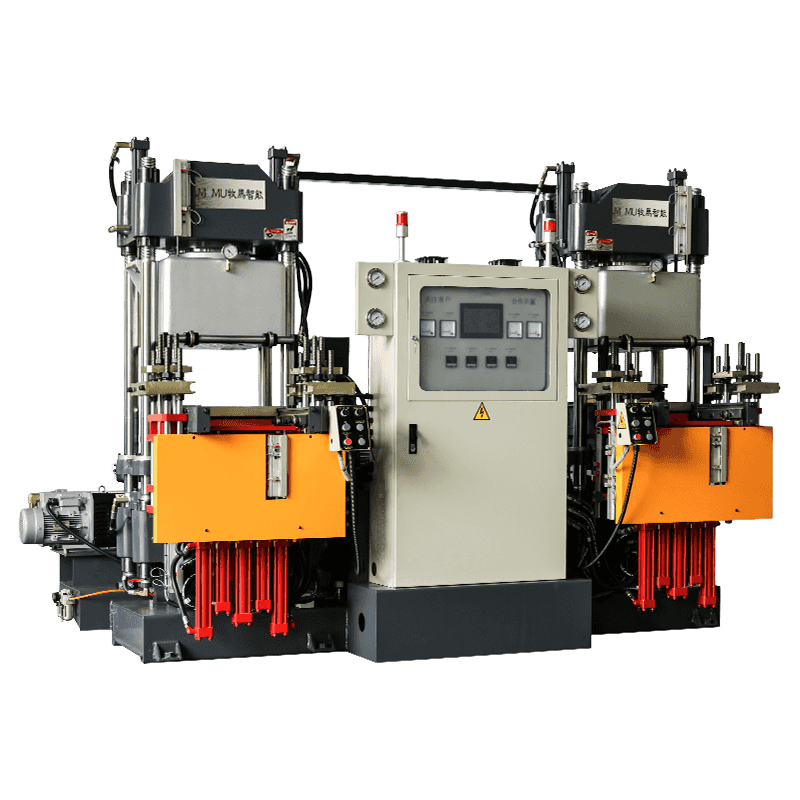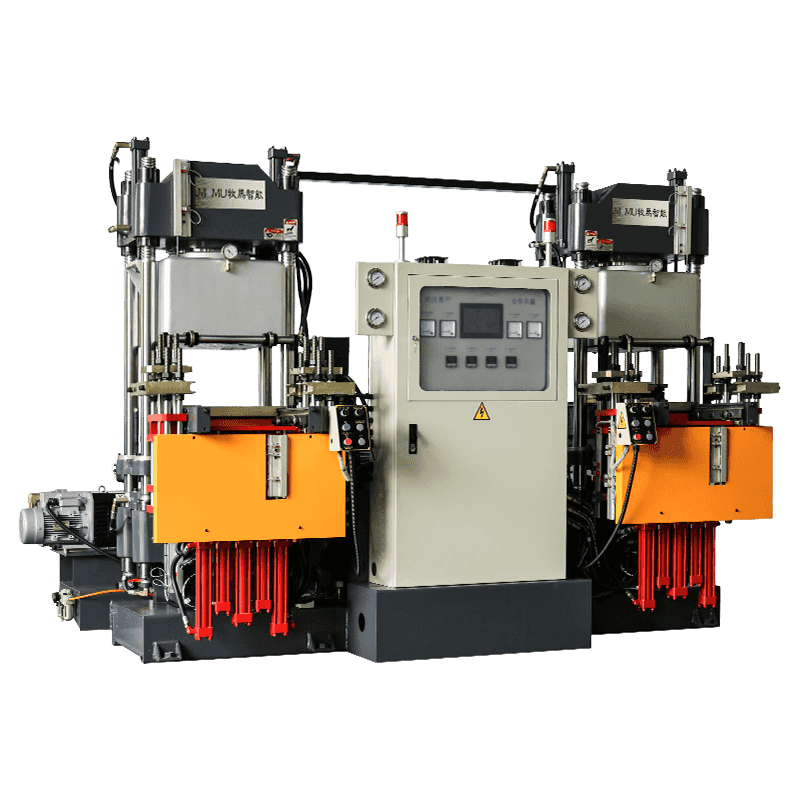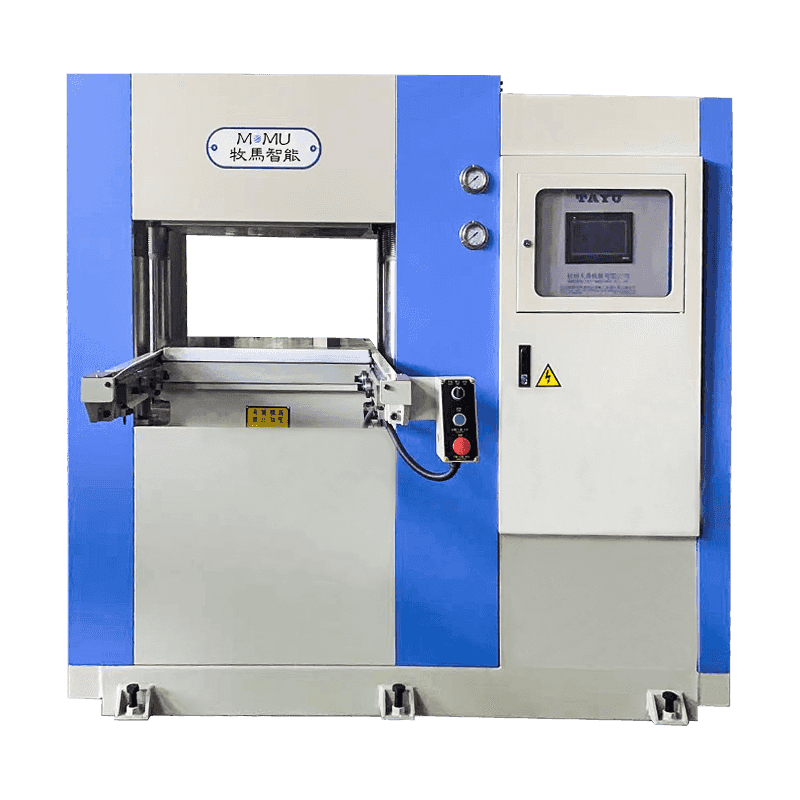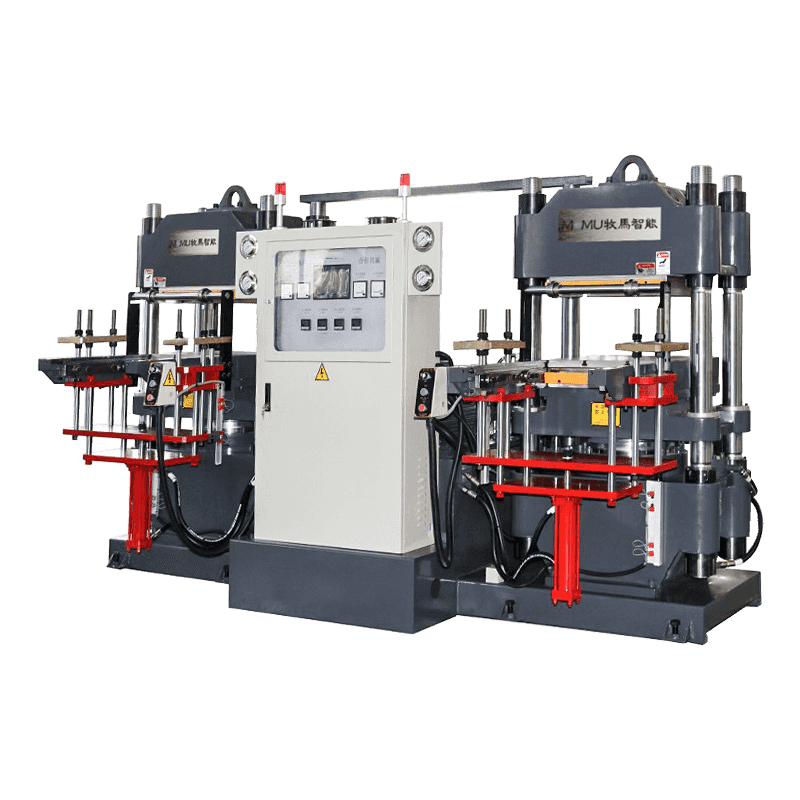In the modern rubber industry, producing components that are durable, free from air bubbles, and dimensionally stable is essential—especially for industries such as automotive, aerospace, electronics, and medical devices. To meet these high standards, manufacturers often rely on a specialized piece of equipment known as the vacuum rubber vulcanizing machine.
But what exactly is a vacuum rubber vulcanizing machine? How does it work, and why is it so important in producing superior rubber parts?
Let’s explore this advanced technology, its processes, and its wideranging impact on the quality and performance of rubber components.
What Is a Vacuum Rubber Vulcanizing Machine?
A vacuum rubber vulcanizing machine is a type of molding and curing equipment used to shape and vulcanize (or cure) rubber under controlled vacuum and temperature conditions. Unlike standard compression or injection molding machines, this machine uses a vacuum chamber to remove air and volatile gases from the mold cavity before the vulcanization process begins.
By removing trapped air, the machine significantly reduces the risk of bubbles, voids, or surface imperfections in the final rubber product. The result is a smoother, denser, and more reliable component.
How Does a Vacuum Rubber Vulcanizing Machine Work?
The operation of a vacuum rubber vulcanizing machine involves several coordinated steps:
1. Mold Loading: Uncured rubber material is placed into the mold cavity.
2. Vacuum Chamber Sealing: The mold is enclosed in a sealed vacuum chamber.
3. Vacuum Application: Air is evacuated from the chamber to create a lowpressure environment.
4. Vulcanization (Curing): Heat and pressure are applied to the mold while maintaining the vacuum, initiating the chemical reaction that cures the rubber.
5. Decompression and Cooling: Once vulcanization is complete, the chamber is returned to atmospheric pressure and the mold is cooled.
6. Demolding: The finished rubber part is removed from the mold.
This combination of vacuum pressure, heat, and compression produces rubber parts with superior mechanical and surface qualities.
Why Is the Vacuum Function So Important?
Trapped air during molding is a major cause of defects in rubber products. Bubbles and voids can lead to:
Weak structural integrity
Surface imperfections
Leakage in seals or gaskets
Poor electrical insulation properties (in electronics)
Reduced lifespan in highperformance components
The vacuum system removes these risks, allowing manufacturers to meet tight tolerances and quality standards, particularly in industries where precision is nonnegotiable.
What Are the Main Advantages of Using a Vacuum Rubber Vulcanizing Machine?
1. DefectFree Products
Vacuum molding ensures bubblefree, voidfree results, even in complex or deepcavity molds. This is especially important for highperformance seals, Orings, and medical components.
2. Improved Product Strength
The absence of air pockets allows for uniform material density and structure, resulting in stronger and longerlasting parts.
3. Enhanced Surface Finish
Parts molded under vacuum often have smoother, cleaner surfaces, reducing the need for secondary finishing processes.
4. Greater Precision
Vacuum conditions help ensure more accurate replication of the mold details, which is crucial for intricate designs or microrubber components.
5. Lower Scrap Rates
Fewer defects mean fewer rejected parts, leading to more costefficient production and better material utilization.
In Which Industries Are Vacuum Rubber Vulcanizing Machines Commonly Used?
Due to their precision and reliability, these machines are widely used across many sectors:
Automotive: Production of gaskets, seals, and vibrationdampening components.
Aerospace: Highspec rubber parts for fuel systems, cabin insulation, and protective covers.
Medical: Bubblefree rubber used in surgical tools, valves, and medical seals.
Electronics: Insulators, grommets, and protective covers with no air inclusions.
Household Appliances: Waterproof and airtight rubber parts for washing machines, dishwashers, and more.
Energy and Power: Rubber insulators and weatherresistant seals for energy systems.
These applications demand reliability and high performance, which vacuum vulcanization helps deliver.
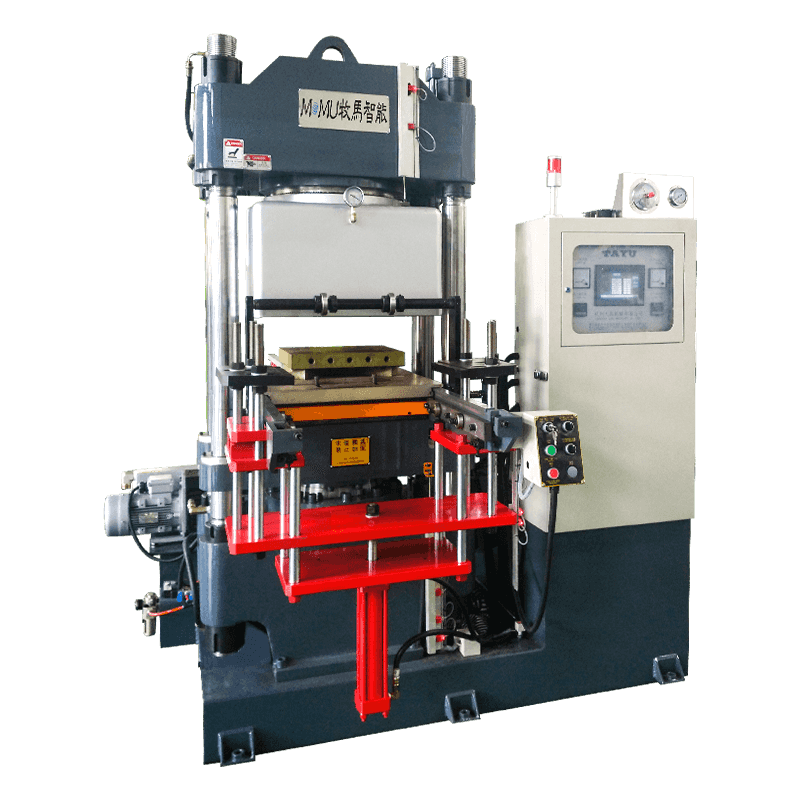
How Does It Differ from Traditional Rubber Vulcanizing Methods?
Traditional methods like compression or transfer molding may not use a vacuum, which can result in:
Air entrapment
Inconsistent curing
Weaker bond strength
Surface defects
While these methods are still widely used for generalpurpose rubber goods, vacuum vulcanizing is the goto choice for highprecision, defectsensitive applications.
Are There Different Types of Vacuum Rubber Vulcanizing Machines?
Yes, there are several configurations depending on the production needs:
Singlestation vacuum presses: Suitable for lowtomedium volume or specialized production.
Multistation or rotary machines: Ideal for highvolume manufacturing.
Automated systems: Include robotic loading/unloading, mold preheating, and realtime monitoring.
Vertical and horizontal types: Designed for ergonomic handling and space optimization.
Manufacturers may customize machines based on mold size, tonnage capacity, and product specifications.
What Should You Consider When Choosing a Vacuum Rubber Vulcanizing Machine?
When selecting a machine, key factors to consider include:
Clamping force (to match the mold size and product requirements)
Heating uniformity (for consistent vulcanization)
Vacuum efficiency (to minimize air retention)
Cycle time (affecting productivity and throughput)
Ease of maintenance
Control system (programmable logic controllers or touchscreens for process automation)
Working with an experienced supplier ensures the machine is tailored to your application and optimized for longterm efficiency.
Conclusion
The vacuum rubber vulcanizing machine is a critical tool for manufacturers who demand high precision, structural integrity, and reliability in rubber components. By eliminating trapped air and optimizing the curing environment, this machine allows for the production of superiorquality rubber parts across industries.
Whether you're producing automotive seals, aerospace gaskets, or delicate medical components, adopting vacuum vulcanization technology can significantly enhance product performance, reduce defect rates, and improve overall manufacturing efficiency. It’s not just an investment in machinery—it's a commitment to quality.

